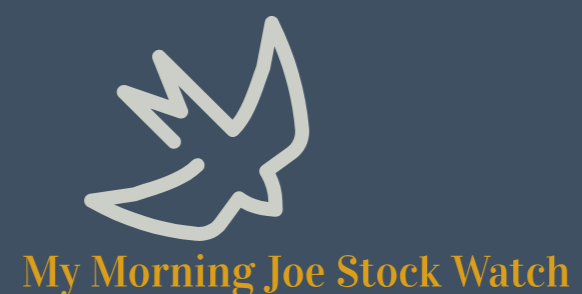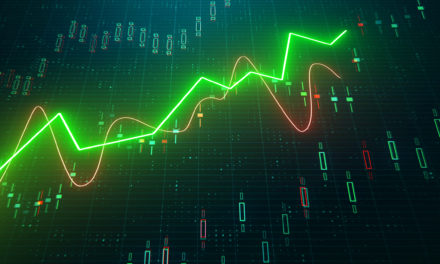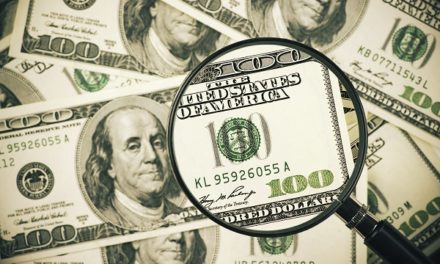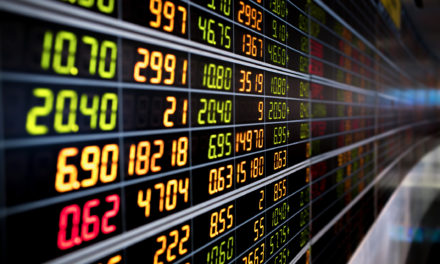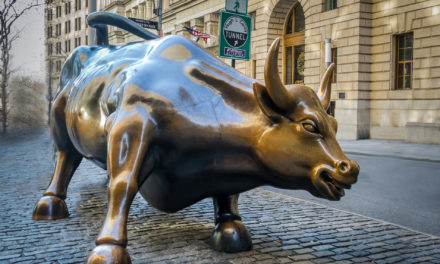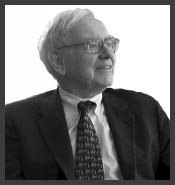
“I buy on the assumption that they could close the market the next day and not reopen it for five years.”
— Warren Buffett
Such a great quote from Warren Buffett, highlighting the importance of investment time horizon when considering making an investment. In the short run, who knows what the stock market will do? A week or two after buying any given stock, could the entire stock market fall out of bed? Quite possibly! Should that happen, how would you react? It is an excellent question to think about before hitting the buy button.
For investors who take a multi-year time horizon, the important thing is not what happens in the next week or two, but what the result will be over the long haul. Today, we look at the result investors of the year 2020 experienced, who considered an investment in shares of Kellanova (NYSE: K) and decided upon a five year investment time horizon.
| Start date: | 01/08/2020 |
|
|||
| End date: | 01/07/2025 | ||||
| Start price/share: | $64.69 | ||||
| End price/share: | $81.35 | ||||
| Starting shares: | 154.58 | ||||
| Ending shares: | 184.51 | ||||
| Dividends reinvested/share: | $11.00 | ||||
| Total return: | 50.10% | ||||
| Average annual return: | 8.46% | ||||
| Starting investment: | $10,000.00 | ||||
| Ending investment: | $15,012.21 | ||||
As we can see, the five year investment result worked out well, with an annualized rate of return of 8.46%. This would have turned a $10K investment made 5 years ago into $15,012.21 today (as of 01/07/2025). On a total return basis, that’s a result of 50.10% (something to think about: how might K shares perform over the next 5 years?). [These numbers were computed with the Dividend Channel DRIP Returns Calculator.]
Beyond share price change, another component of K’s total return these past 5 years has been the payment by Kellanova of $11.00/share in dividends to shareholders. Automatic reinvestment of dividends can be a wonderful way to compound returns, and for the above calculations we presume that dividends are reinvested into additional shares of stock. (For the purpose of these calcuations, the closing price on ex-date is used).
Based upon the most recent annualized dividend rate of 2.28/share, we calculate that K has a current yield of approximately 2.80%. Another interesting datapoint we can examine is ‘yield on cost’ — in other words, we can express the current annualized dividend of 2.28 against the original $64.69/share purchase price. This works out to a yield on cost of 4.33%.
One more piece of investment wisdom to leave you with:
“Waiting helps you as an investor and a lot of people just can’t stand to wait. If you didn’t get the deferred-gratification gene, you’ve got to work very hard to overcome that.” — Charlie Munger
